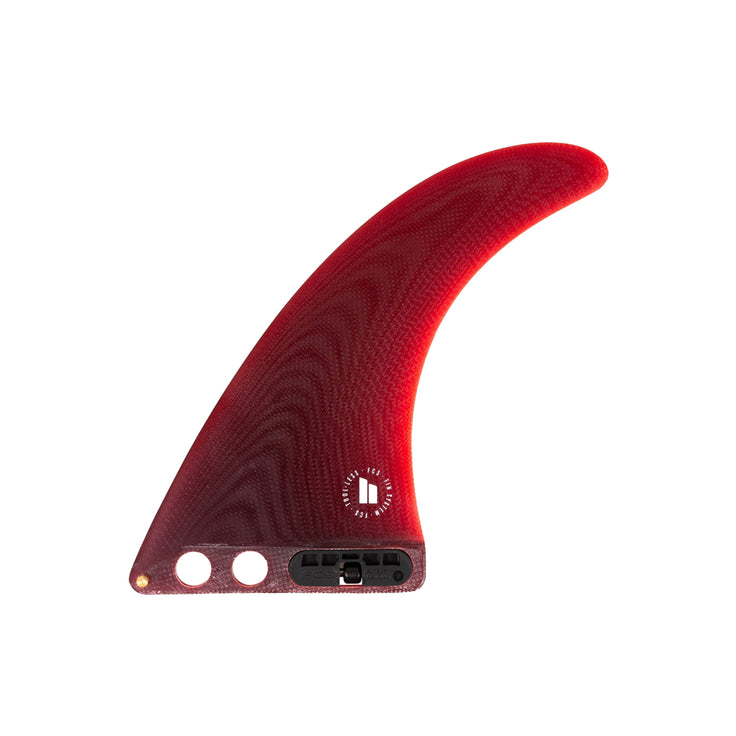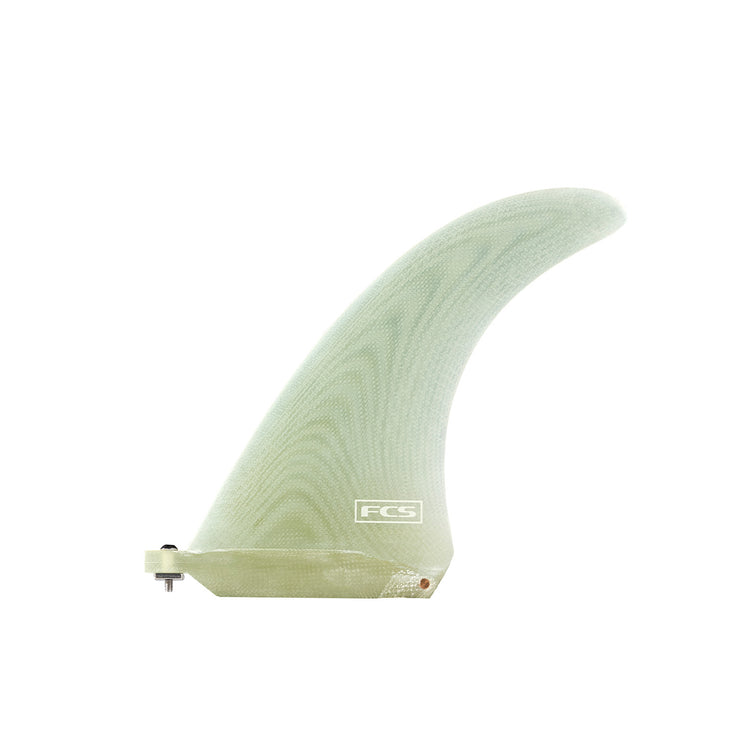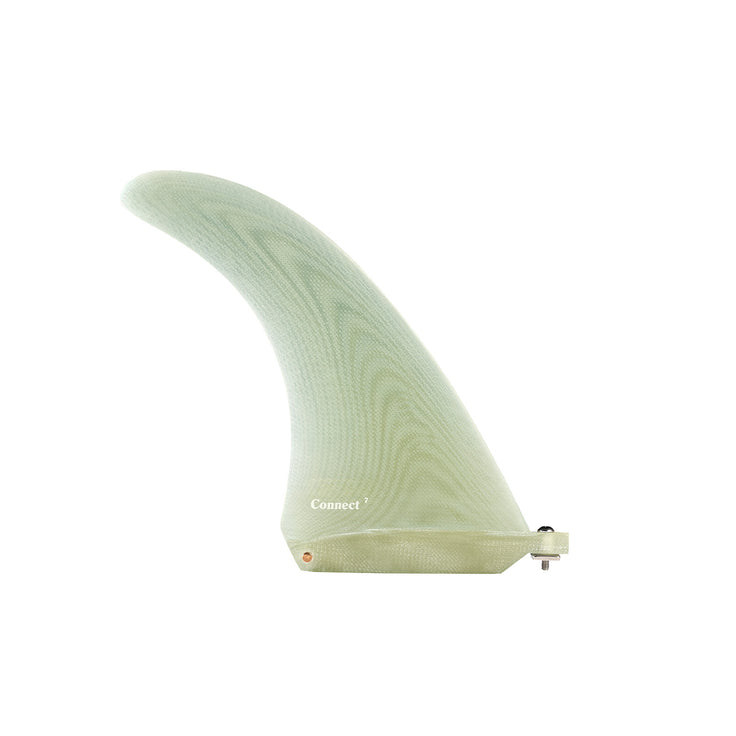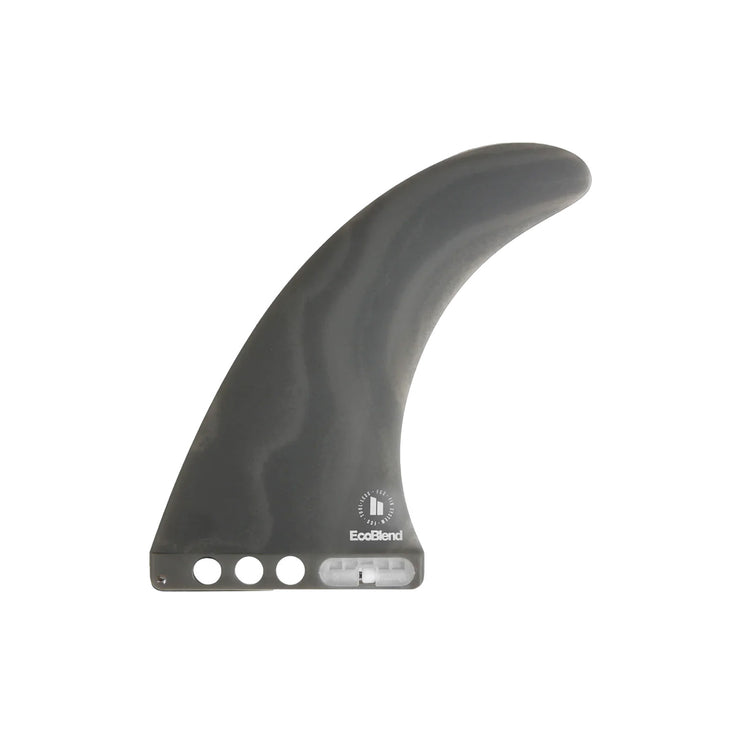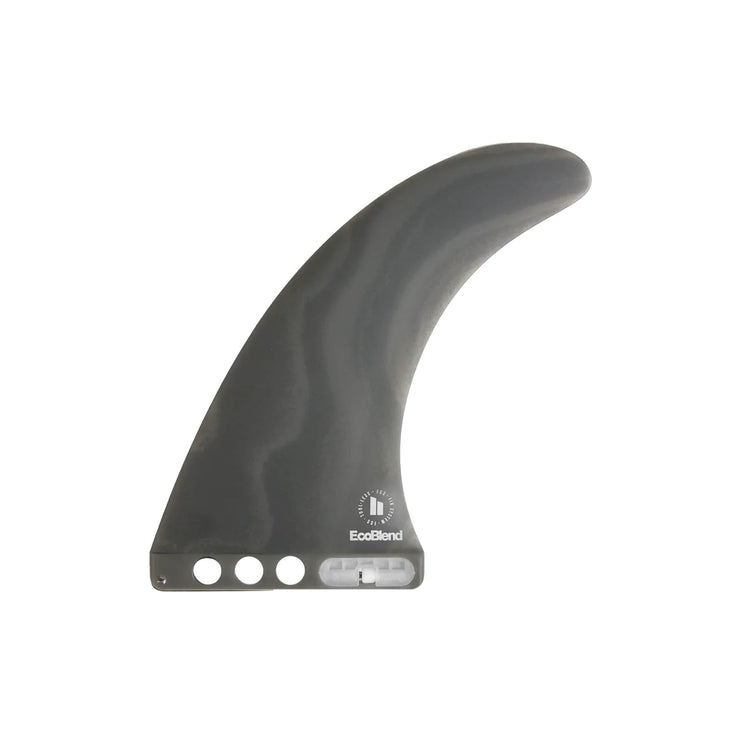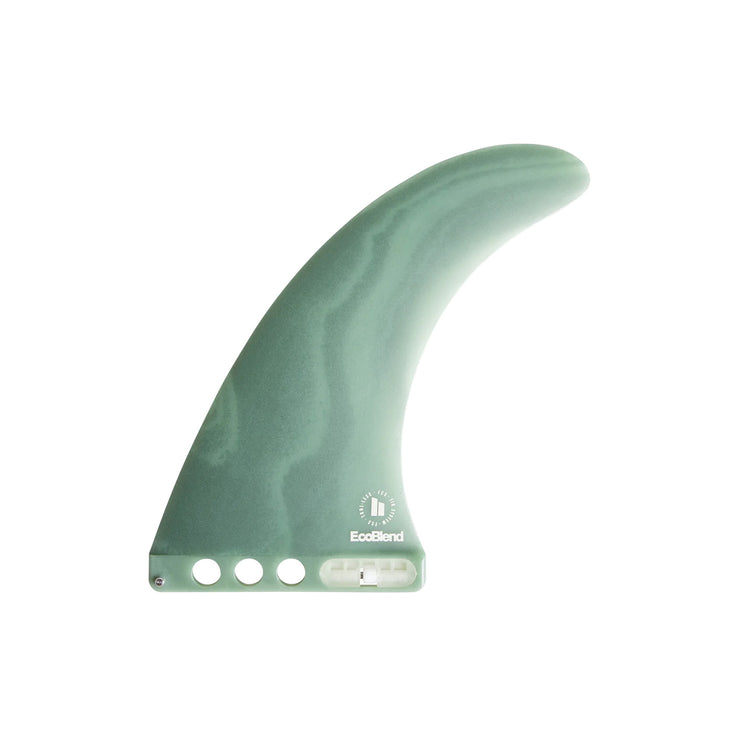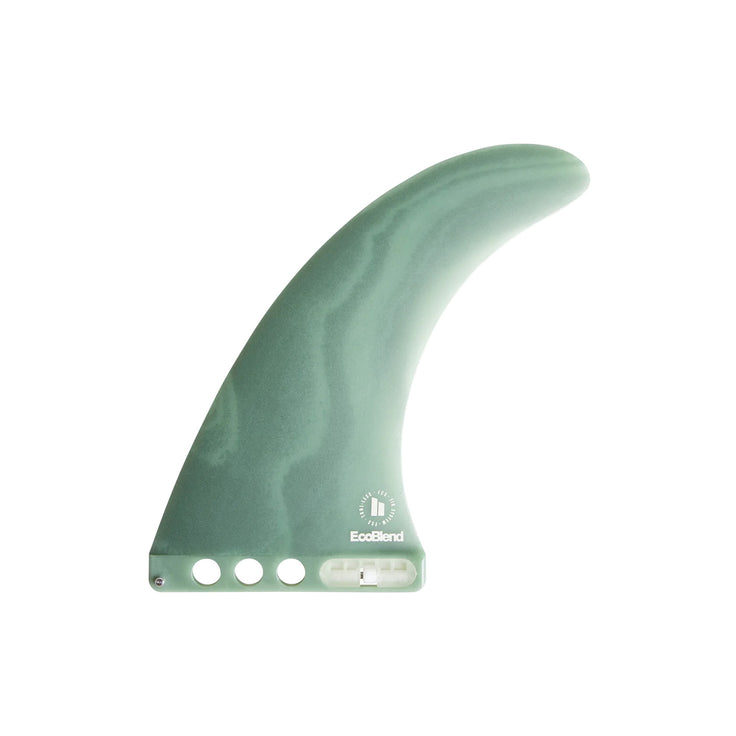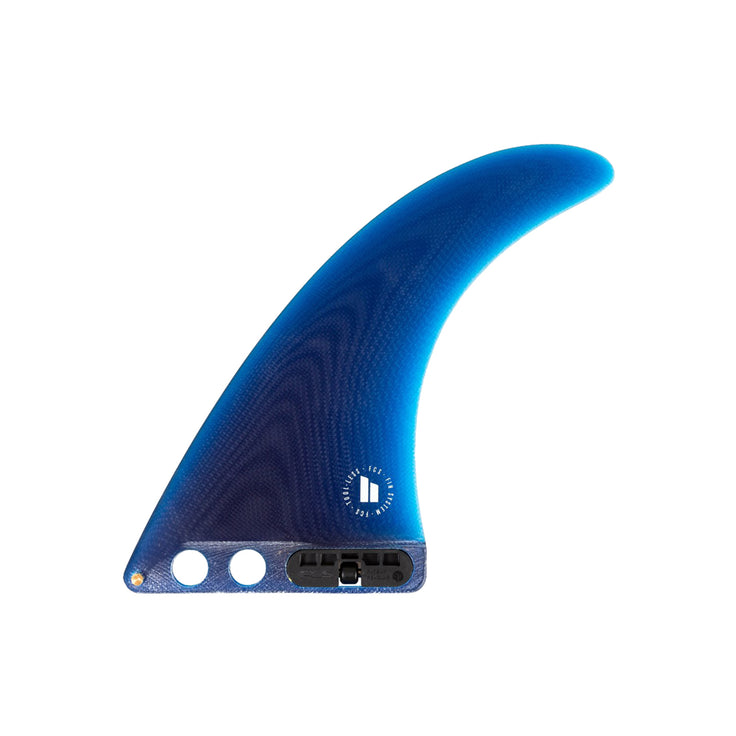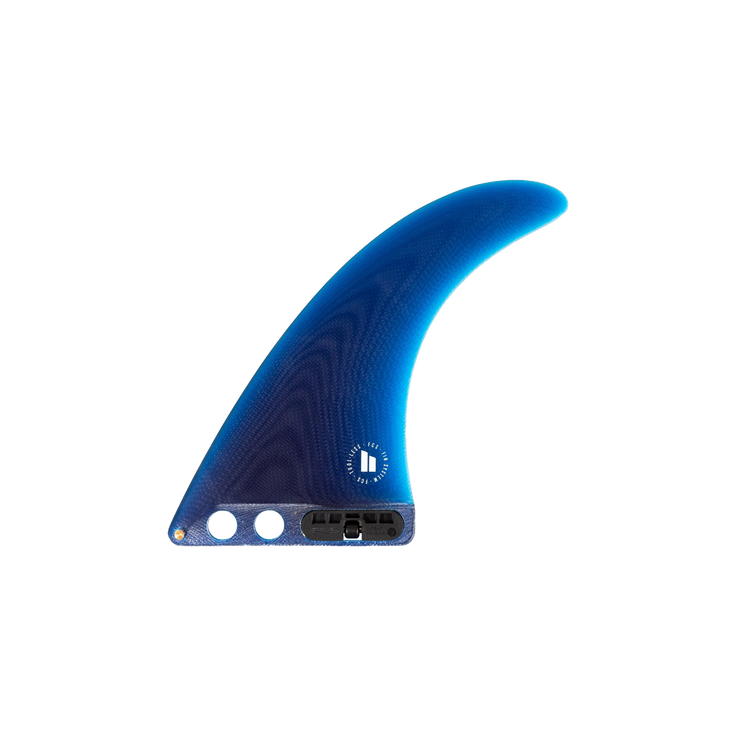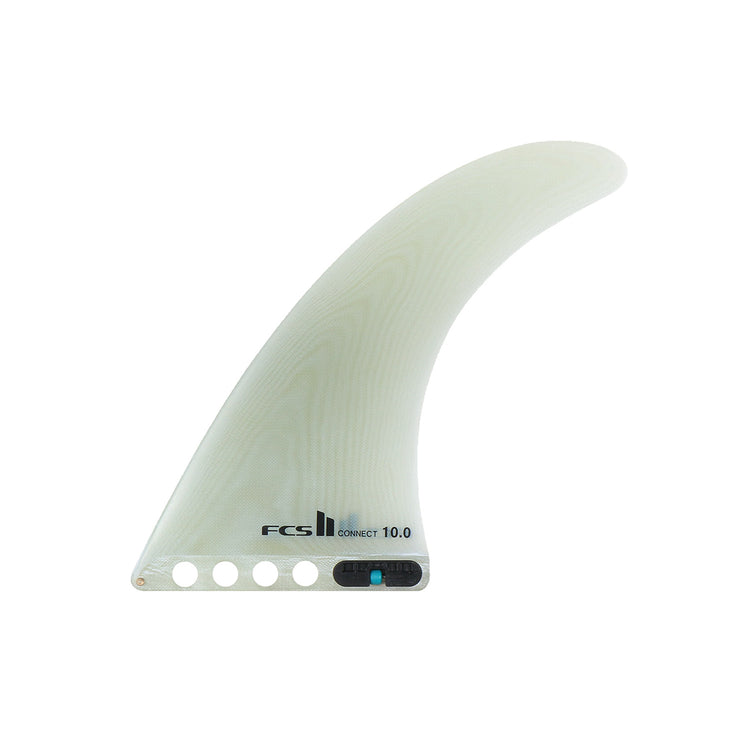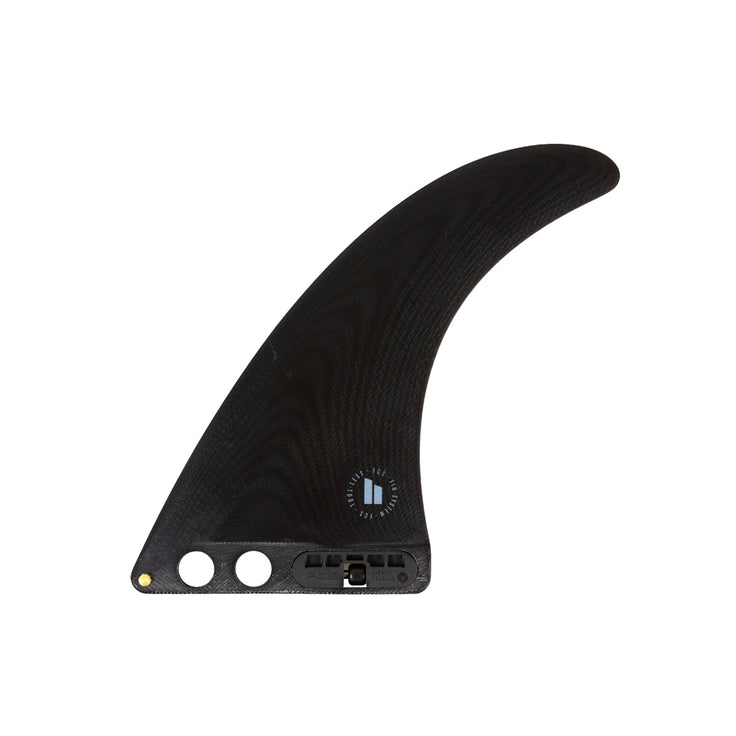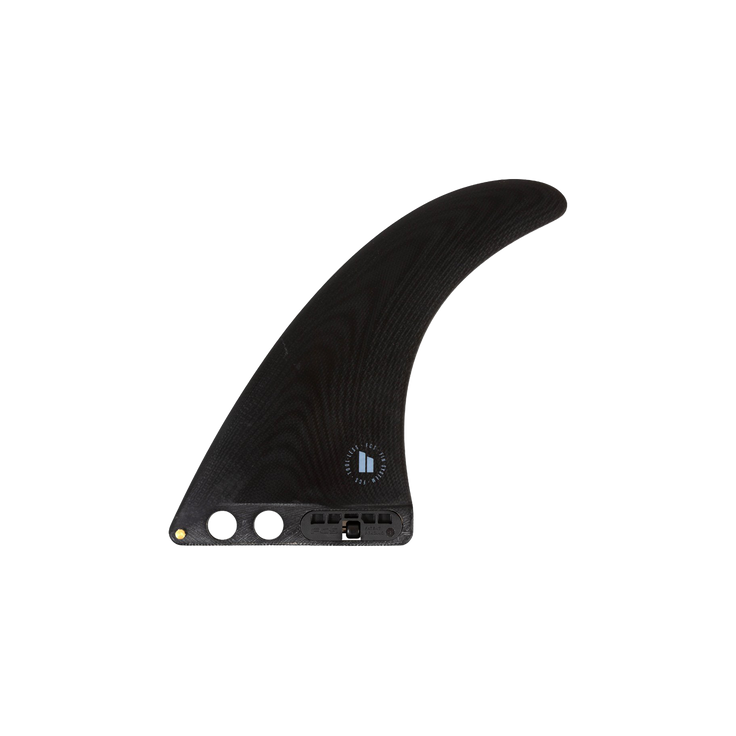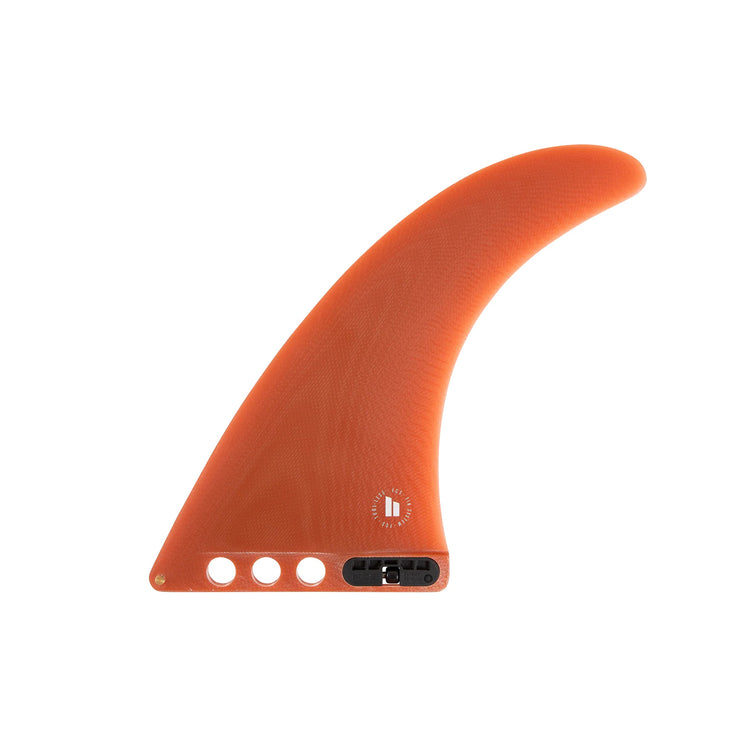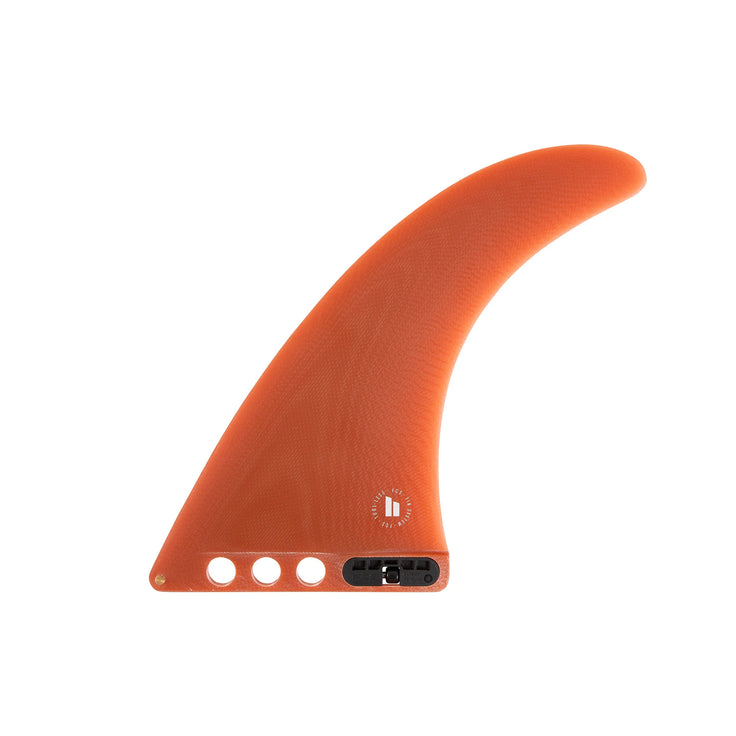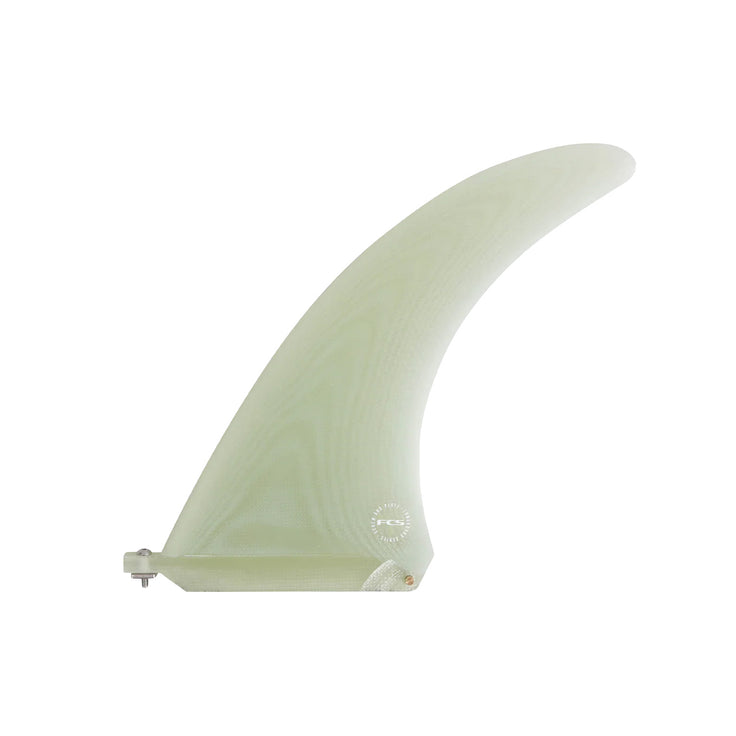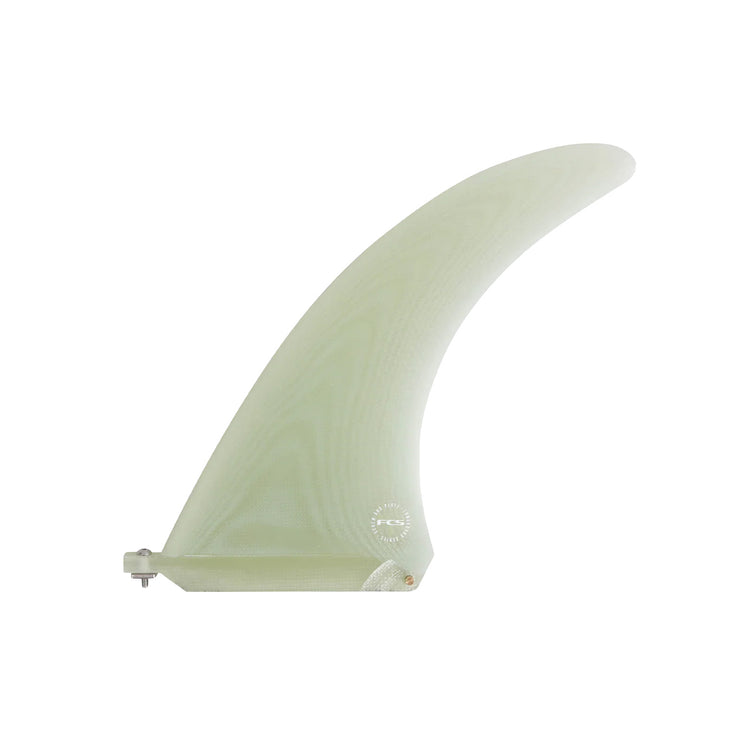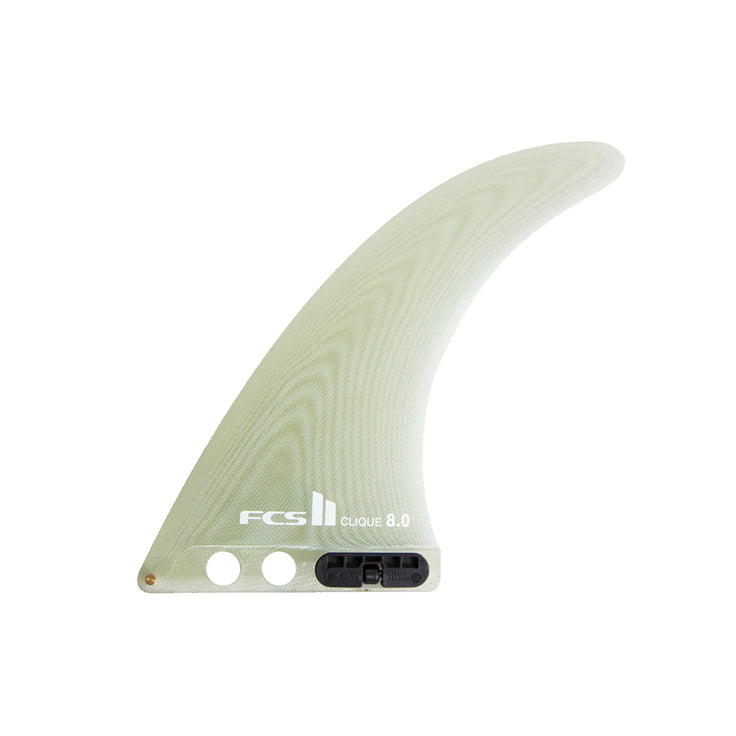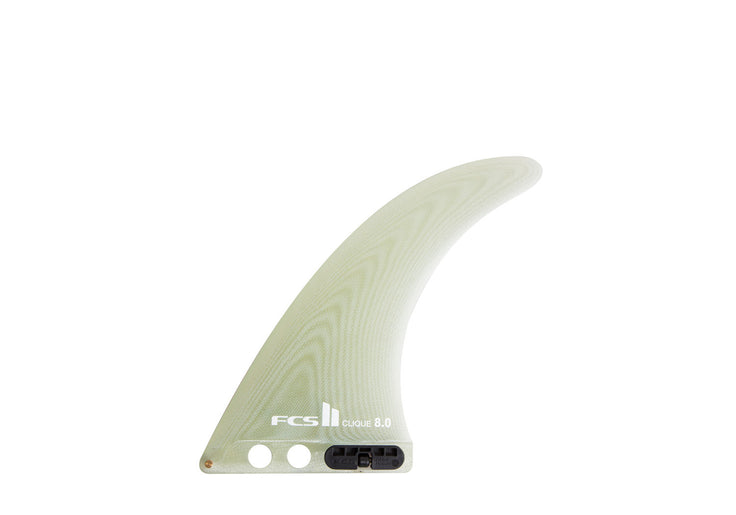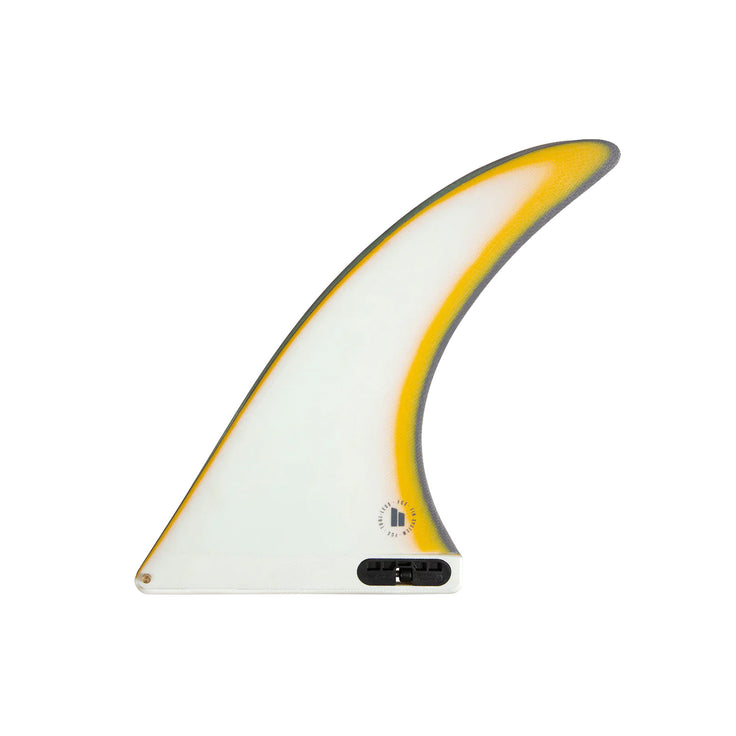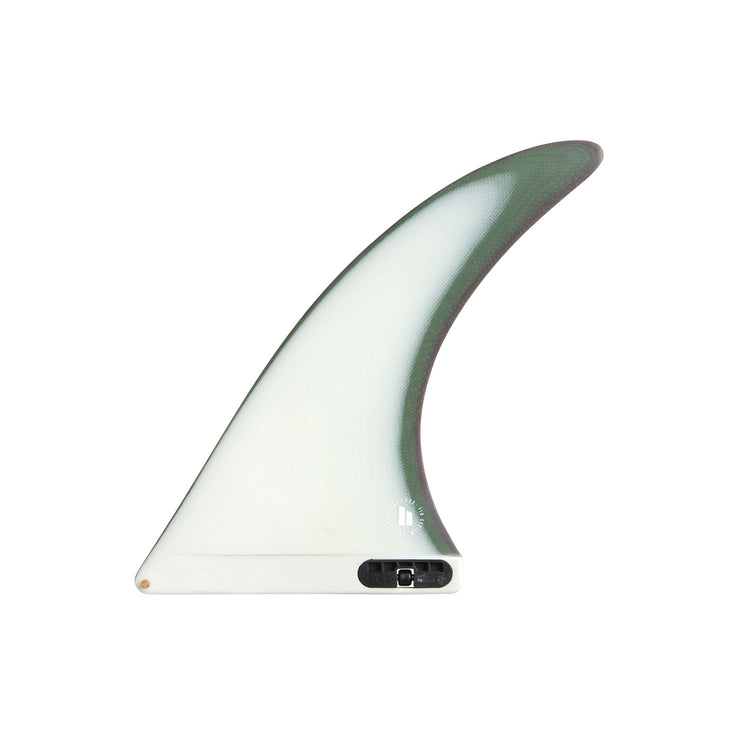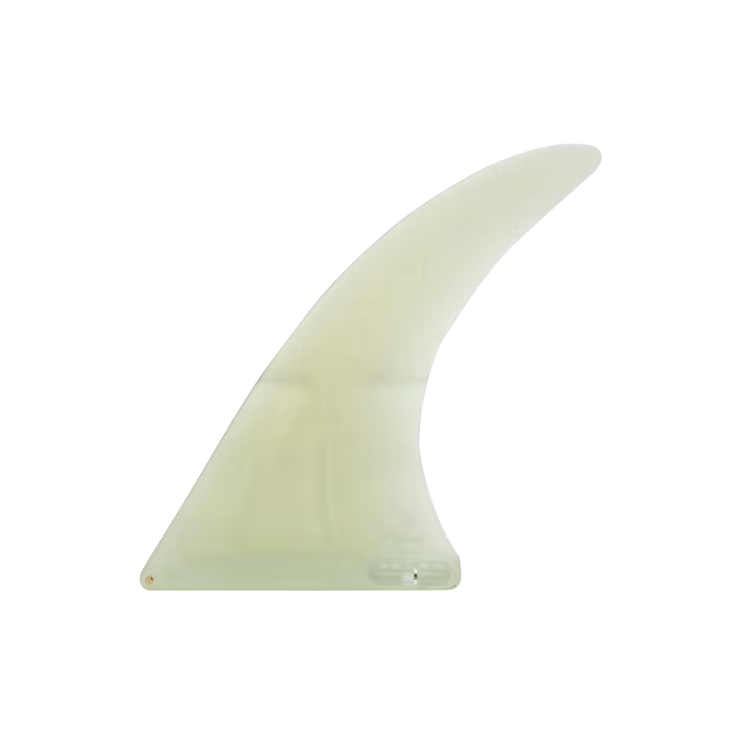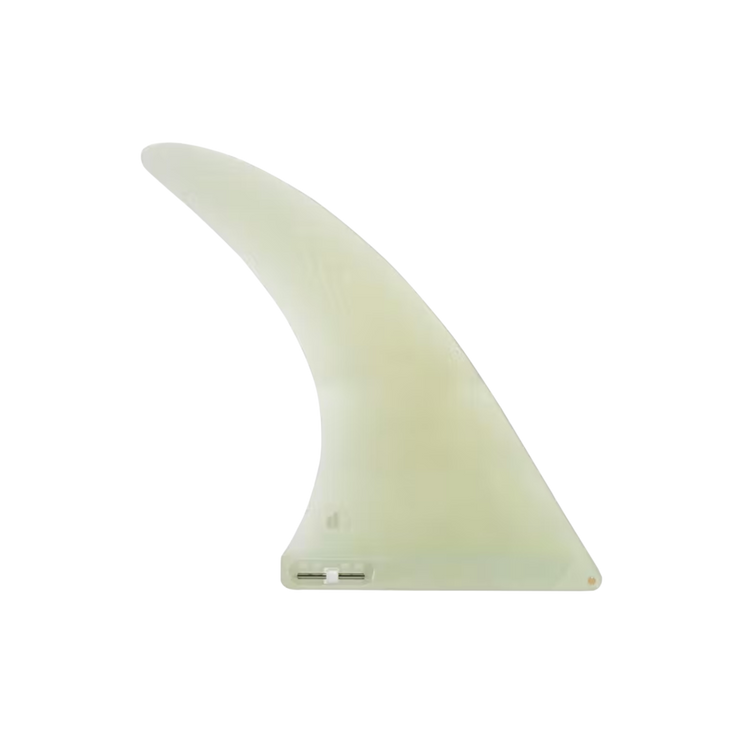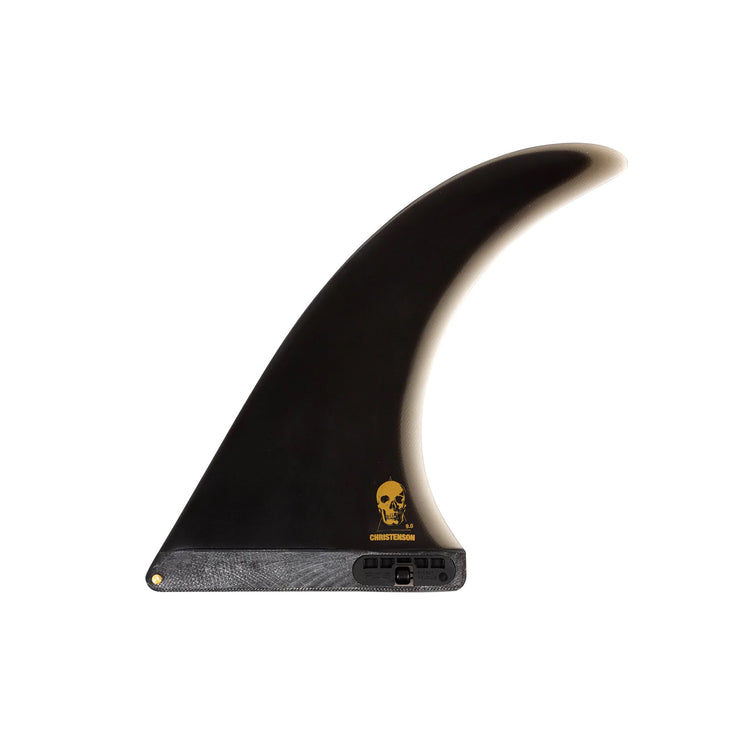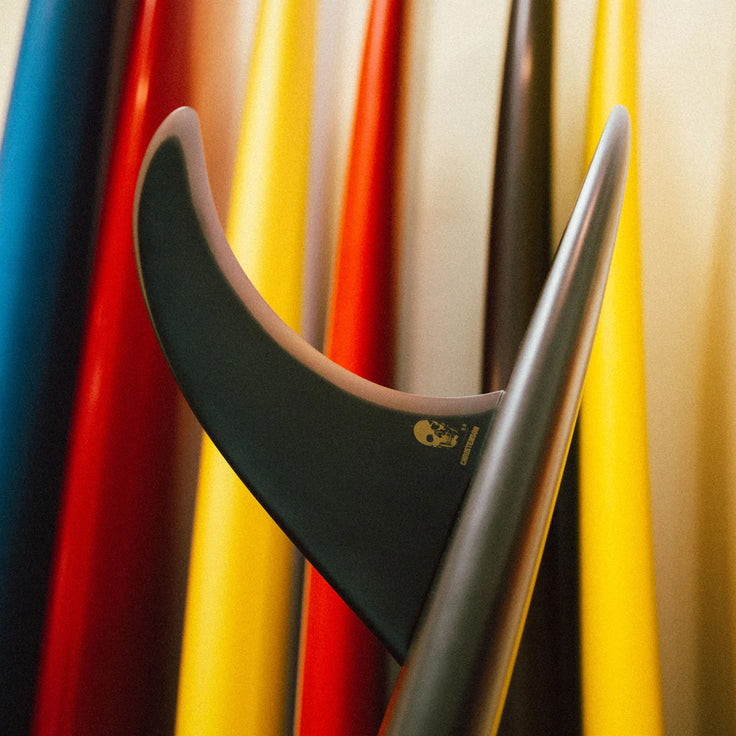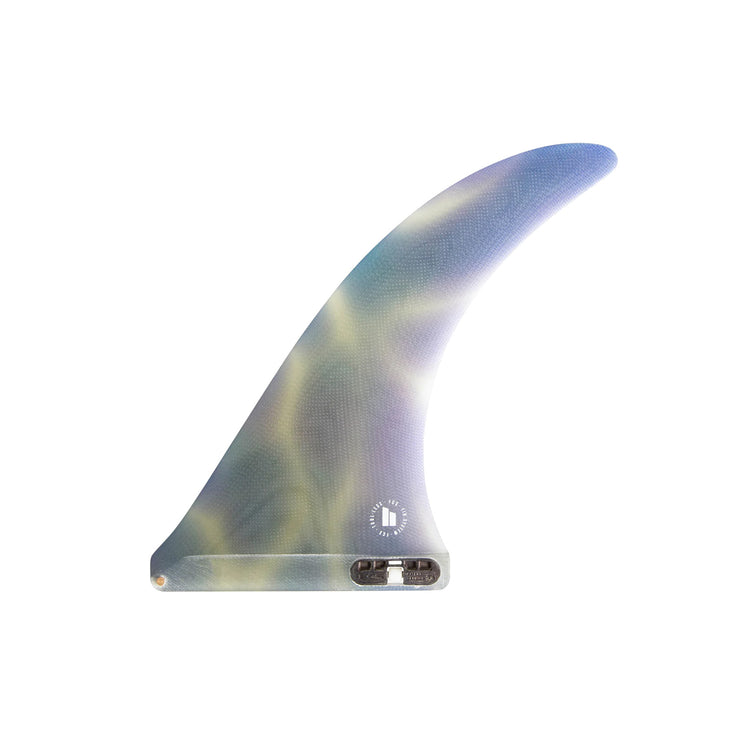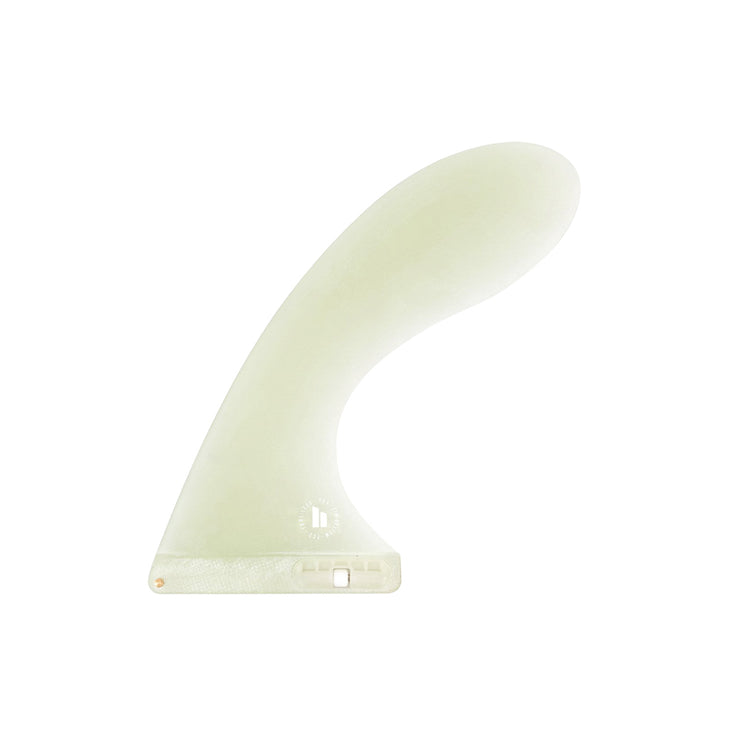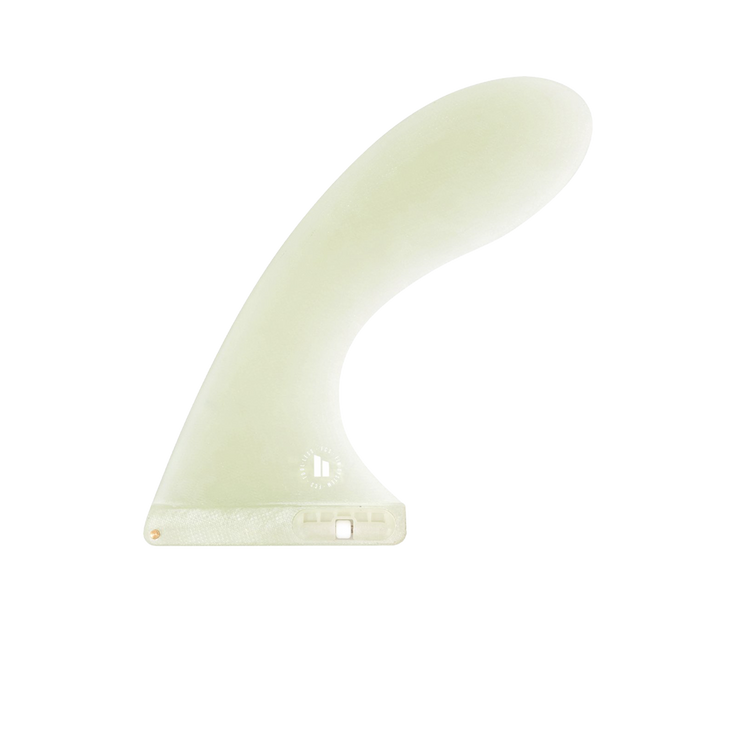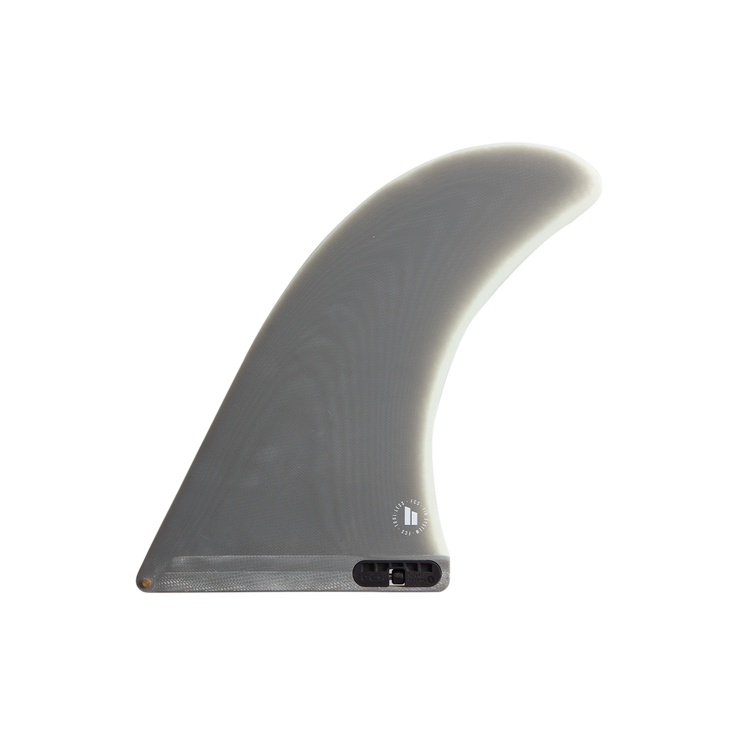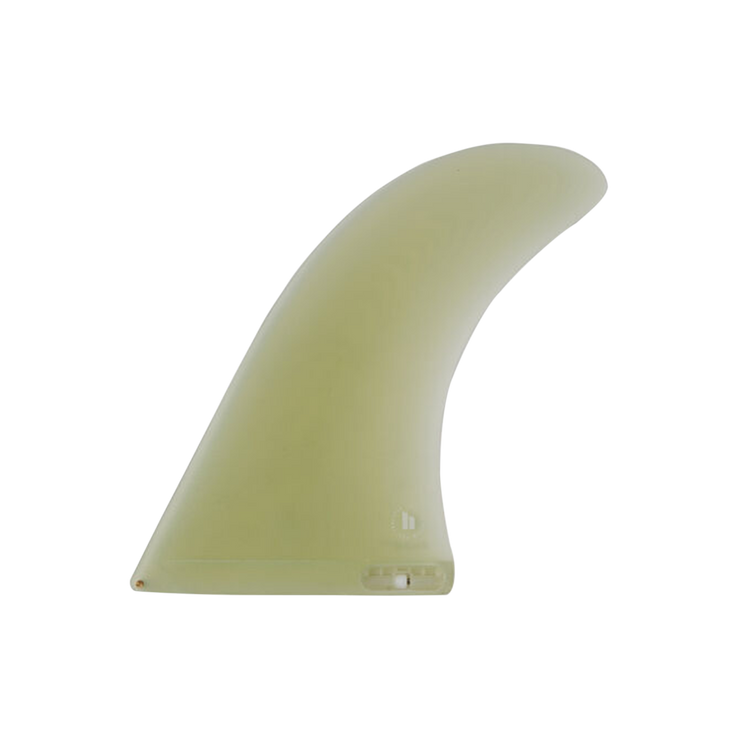heart
heart-full
heart
heart-full
FCS
FCS II Connect PG Red
Centre fin with versatile shape.
Regular Price
59,50€
Sale Price
59,50€Regular Price
85€
heart
heart-full
heart
heart-full
FCS
Connect Screw And Plate PG Clear
Centre fin with versatile shape.
Regular Price
65€
Sale Price
65€Regular Price
heart
heart-full
heart
heart-full
FCS
FCS II Connect Neo Glass Eco Longboard Fin - Smoke
The Connect FCS II is a versatile, high-performance drift designed to combine...
Regular Price
70€
Sale Price
70€Regular Price
heart
heart-full
heart
heart-full
FCS
FCS II Connect Neo Glass Eco Longboard Fin - Iceberg Green
The Connect FCS II is a versatile, high-performance drift designed to combine...
Regular Price
70€
Sale Price
70€Regular Price
heart
heart-full
heart
heart-full
FCS
FCS II Connect PG Navy
Centre fin with versatile shape.
Regular Price
79€
Sale Price
79€Regular Price
heart
heart-full
heart
heart-full
FCS
FCS II Connect PG Clear
Centre fin with versatile shape.
Regular Price
79€
Sale Price
79€Regular Price
heart
heart-full
heart
heart-full
FCS
FCS II Connect PG Black
Centre fin with versatile shape.
Regular Price
85€
Sale Price
85€Regular Price
heart
heart-full
heart
heart-full
FCS
FCS II Connect PG Longboard Fin - Picante
The Connect FCS II Performance Glass is a versatile, high-performance fin des...
Regular Price
85€
Sale Price
85€Regular Price
heart
heart-full
heart
heart-full
FCS
FCS II Clique PG Longboard Fin 8" - Dusk
The FCS II Clique PG longboard 8″ fin is designed for controlled gliding with...
Regular Price
66,50€
Sale Price
66,50€Regular Price
95€
heart
heart-full
heart
heart-full
FCS
Clique Screw And Plate PG Clear
Versatile & well balanced centre fin.
Regular Price
69€
Sale Price
69€Regular Price
heart
heart-full
heart
heart-full
FCS
Clique Screw And Plate Longboard Fin PG Clear
A straight centerboard with a short base that’s very maneuverable and forgivi...
Regular Price
75€
Sale Price
75€Regular Price
heart
heart-full
heart
heart-full
FCS
FCS II Clique PG Clear
Versatile & well balanced centre fin.
Regular Price
90€
Sale Price
90€Regular Price
heart
heart-full
heart
heart-full
FCS
FCS II Whip PG Clear
Center Fin geared towards huge carving turns. Comes with revolutionary tool-l...
Regular Price
71,50€
Sale Price
71,50€Regular Price
89€
heart
heart-full
heart
heart-full
FCS
FCS II Flow PG Longboard Fin
The FCS II Flow PG longboard fin is designed for smooth, controlled turns.
Regular Price
66,50€
Sale Price
66,50€Regular Price
95€
heart
heart-full
heart
heart-full
FCS
FCS II Flow II PG Longboard Fin
The FCS II Flow II PG longboard fin is designed for smooth, controlled turns.
Regular Price
95€
Sale Price
95€Regular Price
heart
heart-full
heart
heart-full
FCS
FCS II Christenson Longboard Fin
The 7.5″ to 8.5″ Christenson FCS II single fin will work great on your favori...
Regular Price
95€
Sale Price
95€Regular Price
heart
heart-full
heart
heart-full
FCS
FCS II Kelia Moniz PG 9.75" - Ocean Glass
Kelia Moniz’s new Longboard Fin. Featuring a classic template, perfect for cr...
Regular Price
99€
Sale Price
99€Regular Price
heart
heart-full
heart
heart-full
FCS
FCS II Kelia Moniz PG 9.75" - Sunset Glass
Kelia Moniz’s new Longboard Fin. Featuring a classic template, perfect for cr...
Regular Price
99€
Sale Price
99€Regular Price
heart
heart-full
heart
heart-full
FCS
FCS II Fat Boy PG Clear
Center Fin thats shape is dedicated to noseriding. The bulbous form at the ti...
Regular Price
99€
Sale Price
99€Regular Price
heart
heart-full
heart
heart-full
FCS
FCS II Pivot PG Clear
Centre fin for noserides.
Regular Price
99€
Sale Price
99€Regular Price








